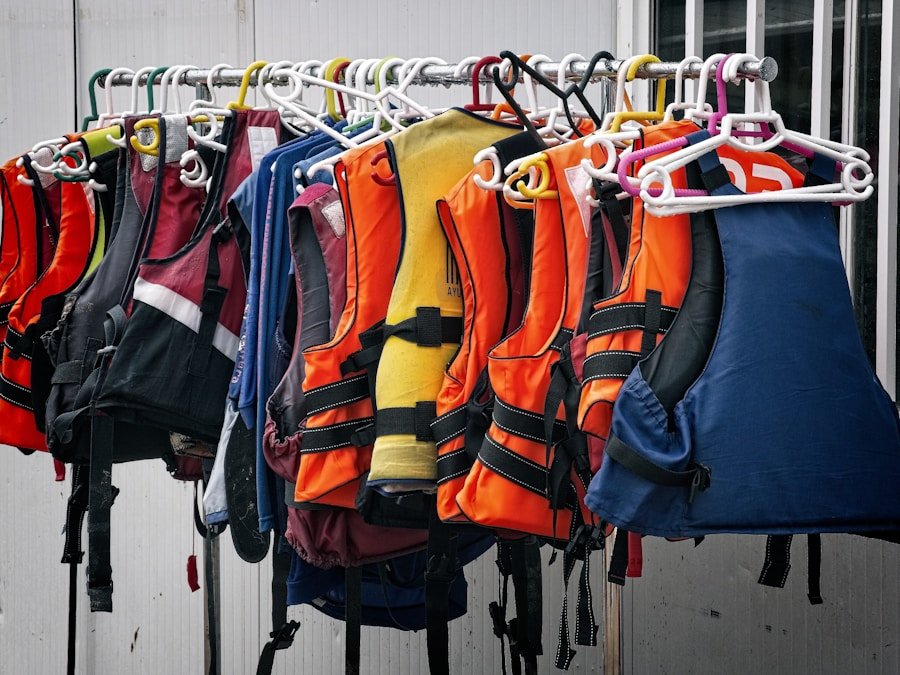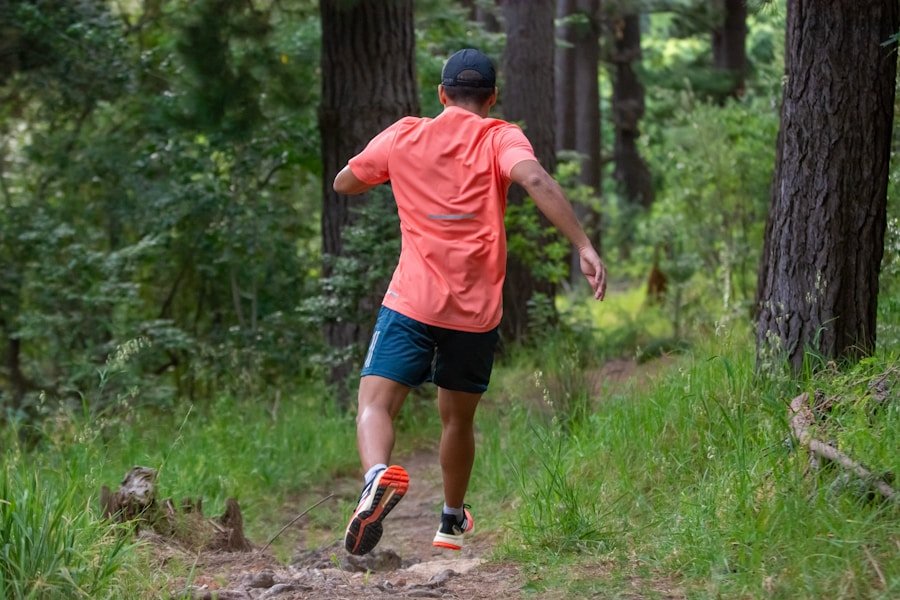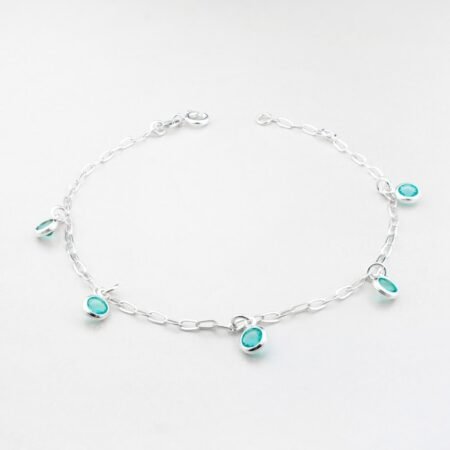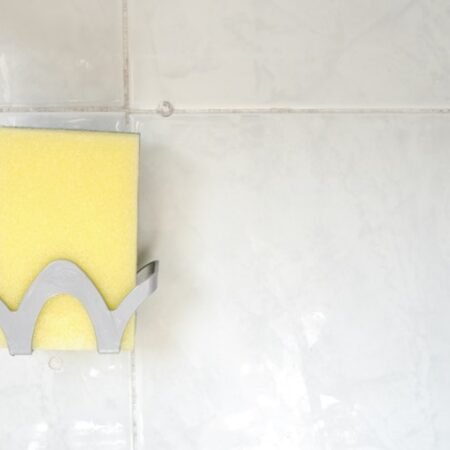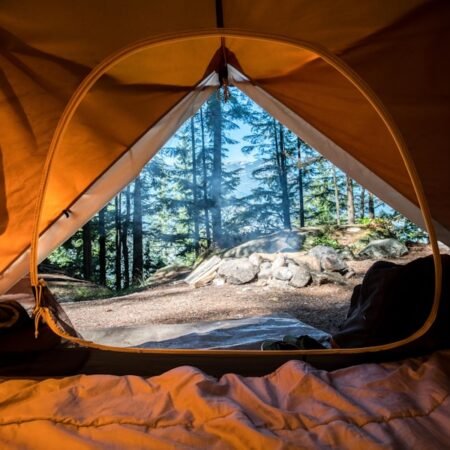Camping relies heavily on the proficiency of knots, as they play a crucial role in setting up a secure and organized campsite. Whether it’s pitching a tent, securing a tarp, or suspending a bear bag, knowing the correct knot to tie can significantly impact the overall camping experience. Knots are vital for ensuring the safety and stability of the campsite, as well as facilitating activities such as fishing, boating, and climbing.
Without proper knowledge of knots, campers may struggle to keep their gear secure and their campsite organized, leading to frustration and potential danger in the wilderness. Beyond their practical applications, knots also possess a rich cultural heritage and historical significance. Throughout history, people have utilized knots for various purposes, including sailing, fishing, shelter construction, and tool crafting.
Acquiring knowledge of different knot types and their uses can not only enhance the camping experience but also foster a deeper appreciation for the art of knot-tying. By mastering the art of knots, outdoor enthusiasts can become more self-sufficient in the wilderness and develop a greater connection to the natural world.
Key Takeaways
- Understanding the importance of knots in camping is crucial for safety and efficiency.
- Essential knots every camper should know include the figure-eight, bowline, and clove hitch.
- Choosing the right rope and paracord for camping depends on factors such as strength, durability, and flexibility.
- Practical applications of knots in camping include setting up shelters, securing gear, and creating makeshift tools.
- Safety considerations when using rope and paracord in camping include checking for wear and tear, avoiding overloading, and using proper techniques to prevent injury.
Essential Knots Every Camper Should Know
There are countless knots that can be useful in camping, but there are a few essential ones that every camper should know. The square knot, also known as the reef knot, is one of the most basic and versatile knots, used for joining two ropes of equal diameter. The bowline knot is another essential knot, often referred to as the “king of knots” for its strength and reliability.
It is commonly used for securing a line to a post or tree or for creating a loop at the end of a rope. The taut-line hitch is a useful knot for adjusting the tension of a line, making it ideal for securing tent guy lines or hanging a clothesline. These are just a few examples of essential knots that can make your camping experience safer and more enjoyable.
In addition to these basic knots, campers should also be familiar with specialized knots for specific tasks, such as the trucker’s hitch for securing heavy loads, the clove hitch for attaching a rope to a pole or stake, and the figure-eight knot for creating a secure loop at the end of a rope. By mastering these essential knots, you can ensure that you have the skills necessary to handle a wide range of camping situations with confidence and ease.
Choosing the Right Rope and Paracord for Camping
When it comes to choosing the right rope and paracord for camping, there are several factors to consider. The type of rope you select will depend on the specific tasks you need it for, as well as the environmental conditions you expect to encounter. For general camping purposes, nylon rope is a popular choice due to its strength, durability, and resistance to abrasion and UV rays.
It is also relatively lightweight and easy to handle, making it ideal for a wide range of camping applications. Paracord, also known as parachute cord or 550 cord, is another versatile option for camping. Originally used in parachutes during World War II, paracord is now widely used for outdoor activities due to its strength, flexibility, and compactness.
It is made up of several inner strands that can be removed and used individually for tasks such as fishing line, sewing thread, or emergency sutures. When choosing paracord for camping, look for high-quality 550 cord with a minimum breaking strength of 550 pounds, as this will ensure that it can handle the demands of outdoor use. In addition to considering the type of rope or paracord, it’s important to think about the length and thickness that will best suit your needs.
For general camping purposes, a 50-100 foot length of rope or paracord with a diameter of 1/8 to 3/8 inch should be sufficient for most tasks. However, if you anticipate needing rope for specific activities such as climbing or boating, you may need to invest in specialized ropes with higher strength and load-bearing capabilities.
Practical Applications of Knots in Camping
| Types of Knots | Benefits |
|---|---|
| Figure Eight Knot | Provides a secure loop at the end of a rope |
| Clove Hitch | Useful for securing a rope to a post or pole |
| Sheet Bend | Joins two ropes of different diameters together |
| Prusik Knot | Creates a loop that can be easily adjusted along a rope |
Knots have countless practical applications in camping, from setting up shelters and securing gear to creating makeshift tools and repairing equipment. One of the most common uses of knots in camping is for securing tents and tarps. The taut-line hitch is an excellent knot for adjusting the tension of tent guy lines, ensuring that your shelter remains stable and secure in windy conditions.
The bowline knot is also useful for tying off tarps or creating a loop at the end of a rope for attaching guy lines or stakes. Knots are also essential for tasks such as hanging bear bags to keep food and scented items out of reach of wildlife, creating clotheslines for drying wet gear, and securing boats or rafts to docks or trees. In addition to these practical applications, knots can also be used for crafting tools such as fishing nets, animal traps, and shelters, making them invaluable for survival situations in the wilderness.
By mastering a variety of knots and their uses, you can ensure that you have the skills necessary to handle a wide range of camping tasks with confidence and efficiency.
Tips for Mastering Knot-Tying Techniques
Mastering knot-tying techniques takes practice and patience, but with the right approach, anyone can become proficient in this essential outdoor skill. One of the most important tips for mastering knot-tying techniques is to start with the basics and gradually work your way up to more complex knots. Begin by learning a few essential knots such as the square knot, bowline knot, and taut-line hitch, then practice tying them repeatedly until you can do so confidently and efficiently.
Another helpful tip for mastering knot-tying techniques is to seek out resources such as books, videos, and online tutorials that provide clear instructions and demonstrations of different knots. There are countless resources available that can help you learn about the different types of knots and their uses, as well as provide tips and tricks for tying them effectively. Additionally, consider joining a local outdoor club or scouting organization where you can learn from experienced outdoor enthusiasts who can offer guidance and support as you develop your knot-tying skills.
Finally, don’t be afraid to experiment with different types of rope and paracord to see how they handle and tie differently. Different materials and thicknesses can affect how a knot holds and how easy it is to tie, so it’s important to familiarize yourself with the characteristics of different ropes and cords. By following these tips and dedicating time to practice regularly, you can become proficient in knot-tying techniques and enhance your camping experience in countless ways.
Safety Considerations When Using Rope and Paracord in Camping
While ropes and paracord are invaluable tools for camping, it’s important to use them safely and responsibly to avoid accidents or injuries. One of the most important safety considerations when using rope and paracord in camping is to always inspect your gear before use to ensure that it is in good condition and free from damage or wear. Check for frayed strands, cuts, abrasions, or other signs of wear that could compromise the strength and integrity of the rope or cord.
Another important safety consideration when using rope and paracord in camping is to always tie knots correctly and securely to prevent slippage or failure. Take the time to learn proper knot-tying techniques and practice tying knots until you can do so confidently and efficiently. Additionally, always test the strength of your knots by applying tension gradually before relying on them for critical tasks such as securing shelters or heavy loads.
It’s also important to consider environmental factors such as weather conditions and terrain when using rope and paracord in camping. Wet or icy conditions can affect the strength and handling characteristics of ropes and cords, so take extra precautions when using them in these conditions. Additionally, be mindful of potential hazards such as sharp edges or abrasive surfaces that could cause damage to your gear or compromise its strength.
By following these safety considerations and using ropes and paracord responsibly, you can ensure that you have a safe and enjoyable camping experience without putting yourself or others at risk.
Enhancing Your Camping Experience with Knots and Paracord Crafts
In addition to their practical applications, knots and paracord can also be used for crafting decorative items that can enhance your camping experience in unique ways. Paracord bracelets are a popular craft that not only looks stylish but also provides a useful length of cord that can be unraveled in an emergency situation. You can also create keychains, lanyards, zipper pulls, and other accessories using paracord that can add a personal touch to your camping gear.
Knots can also be used for creating decorative items such as dream catchers, wind chimes, plant hangers, and other crafts that can add beauty and charm to your campsite. These crafts not only provide an opportunity for creative expression but also allow you to practice your knot-tying skills in a fun and engaging way. In addition to enhancing your camping experience with decorative crafts, learning how to make practical items such as knife lanyards, hammocks, pet leashes, and gear storage solutions using knots and paracord can add convenience and functionality to your campsite.
By exploring different ways to use knots and paracord creatively, you can personalize your camping experience and make it more enjoyable and memorable. In conclusion, mastering the art of knots can greatly enhance your camping experience by providing you with essential skills for securing gear, setting up shelters, crafting tools, and adding personal touches to your campsite. By understanding the importance of knots in camping, learning essential knots, choosing the right rope and paracord, applying practical applications of knots in camping, mastering knot-tying techniques, considering safety considerations when using rope and paracord in camping, and enhancing your camping experience with decorative crafts and practical items made from knots and paracord, you can ensure that you have the skills necessary to handle a wide range of camping tasks with confidence and efficiency while adding creativity and personalization to your outdoor adventures.
Whether you’re a novice camper or an experienced outdoor enthusiast, mastering the art of knots is an invaluable skill that can greatly enrich your camping experience.
FAQs
What are the benefits of using rope and paracord while camping?
Using rope and paracord while camping can enhance your experience by providing versatile tools for setting up shelters, securing gear, creating makeshift repairs, and even for emergency situations. They are lightweight, durable, and can be used for a variety of purposes.
What are some essential knots to learn for camping?
Some essential knots to learn for camping include the bowline knot, the taut-line hitch, the clove hitch, the trucker’s hitch, and the figure-eight knot. These knots are versatile and can be used for securing tarps, setting up tents, and creating makeshift tools.
How can rope and paracord be used for safety during camping?
Rope and paracord can be used for safety during camping by creating bear bags to store food away from your campsite, setting up a perimeter around your camp to keep wildlife at bay, and creating emergency splints or tourniquets in case of injury.
What are the differences between rope and paracord?
Rope is typically thicker and stronger, designed for heavier-duty tasks such as securing heavy loads or creating anchor points. Paracord, on the other hand, is a lightweight nylon cord originally used in parachutes, and is known for its versatility and strength-to-weight ratio.
How should rope and paracord be maintained for optimal performance?
To maintain optimal performance, rope and paracord should be kept clean and dry when not in use. Avoid exposing them to harsh chemicals or extreme temperatures, and inspect them regularly for signs of wear or damage. Proper storage in a cool, dry place can also extend their lifespan.





